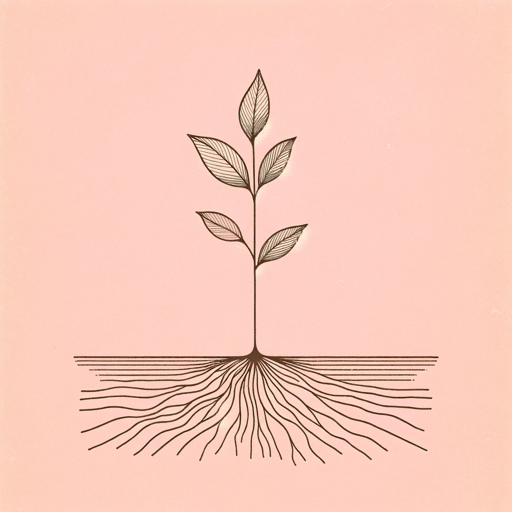56 pages • 1 hour read
Mary PipherWomen Rowing North: Navigating Life's Currents and Flourishing As We Age
Nonfiction | Book | Adult | Published in 2019A modern alternative to SparkNotes and CliffsNotes, SuperSummary offers high-quality Study Guides with detailed chapter summaries and analysis of major themes, characters, and more.
Background
Social Context: Ageism as a Form of Prejudice
Ageism consists of negative beliefs, feelings, or behaviors toward a person because of their age. The term was coined by Robert N. Butler in the article “Age-Ism: Another Form of Bigotry,” published in The Gerontologist in 1969. The term “ageism” applies to prejudice by younger people against older people, as well as prejudice by older people against younger people, but Women Rowing North focuses on ageism toward the elderly.
Ageism occurs in the workplace, during interpersonal interactions, in healthcare, in legal settings, and through representations of older individuals in television, film, advertisements, and other media. Ageism includes the negative attitudes older people hold about themselves, which results from an internalization of attitudes that have been present in their minds since childhood (Levy, Becca R., and Mahzarin R. Banaji, “Implicit Ageism.” Ageism: Stereotyping and Prejudice Against Older Persons, edited by Todd D. Nelson, Massachusetts Institute of Technology, 2002). Wider society’s representations of these negative attitudes cause older people to separate themselves from this depiction and use substitute words for the term “old,” including “euphemisms like mature, seasoned, vintage, and experienced” (Gendron, Tracey. Ageism Unmasked: Exploring Age Bias and How to End It. Steerforth Press, 2022).
Some researchers theorize that ageism originates in younger individuals’ fears of their own declining health, loss of attractiveness, and death.


